Bristol Well
Beehive charcoal kilns and slag deposits mark this late 19th century camp centered on a smelter.
On visiting Bristol Well, visitors will be struck by what looks like terraces of obsidian near some of the ruins. The terraces are indeed made of black glass and look similar to obsidian, but they are decidedly not of natural origin. They are slag, the waste product from smelting metal from ore.
A smelter was built at Bristol Well in the 1870s to process silver-lead ores from the Bristol Mine in the eponymous mountains about four miles east. The availability of water for processing, indicated by the “Well” in the name, was evidently a factor in this location. A mill was built in 1880, and a new copper smelter was constructed around 1890, when the population may have been around 400. It didn’t last however, the smelter was inactive by 1893, after which only small-scale activity took place. Bristol Well has been deserted since the early 20th century.
Besides the slag terraces, a couple of partly unroofed stone buildings remain as well as the mill foundation. Of particular interest are three beehive kilns at the south edge of the site. These are ovens for making the charcoal used in the smelting. Their workmanship is not as good as many other preserved 19th-century kilns, and a couple have partly collapsed.
Know Before You Go
Bristol Well is most easily reached from US-93 to the east. Take the Bristol Wells(sic) turnoff to Bristol Pass about 13.3 miles north from the intersection of SR-322 in Pioche, and follow it 7.2 miles over Bristol Pass. This is a big graded road, and barring washouts an ordinary passenger car in dry weather should have no trouble.
There are also graded roads coming in from Nevada SR-318 to the west, but they are longer, more prone to washouts, and generally not as well maintained. Consult a road atlas, and figure that high clearance will be strongly recommended, and 4wd appreciated, on any of these routes.
Plan Your Trip
The Atlas Obscura Podcast is Back!





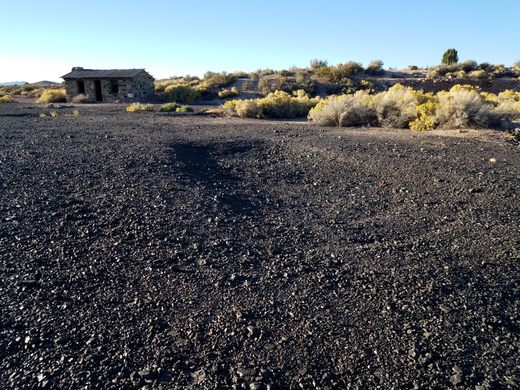

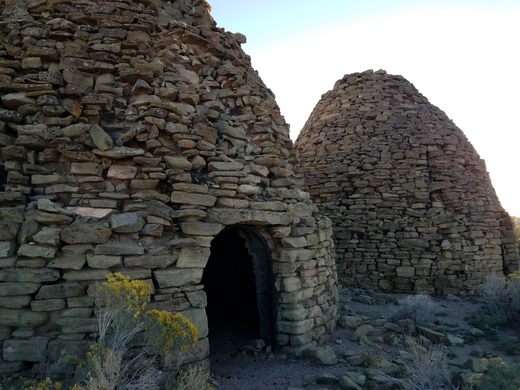
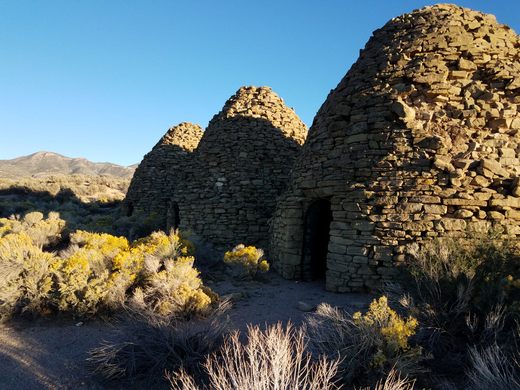


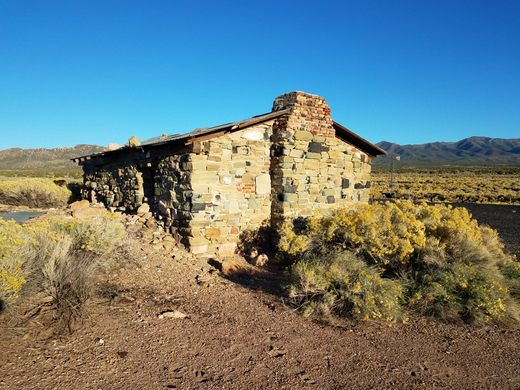
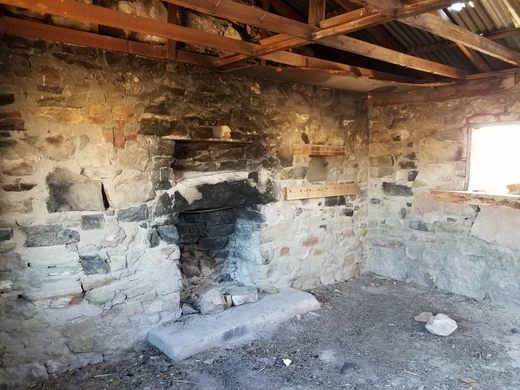
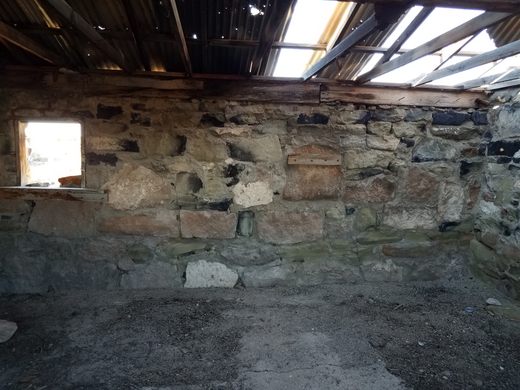


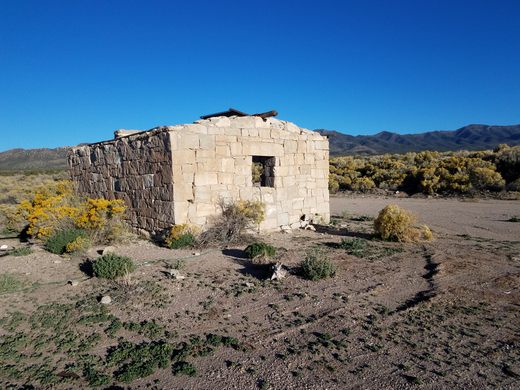
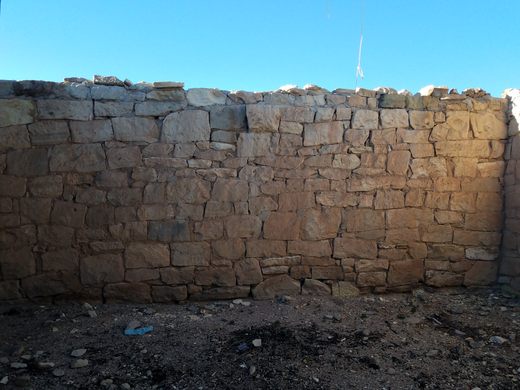

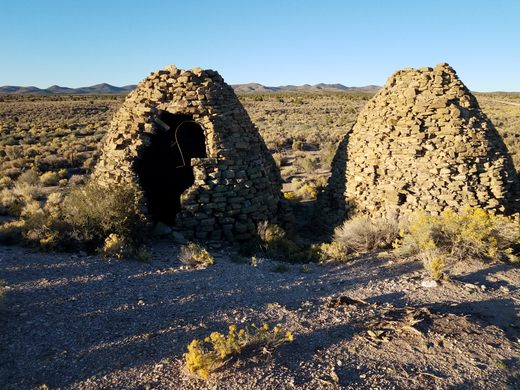
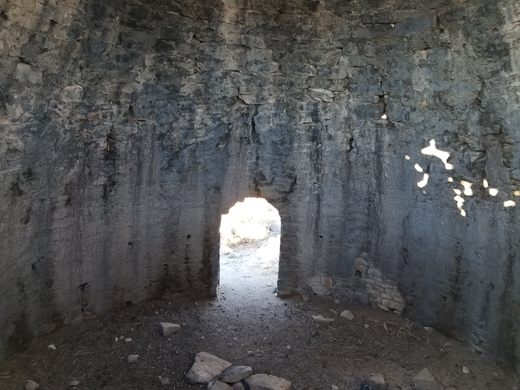







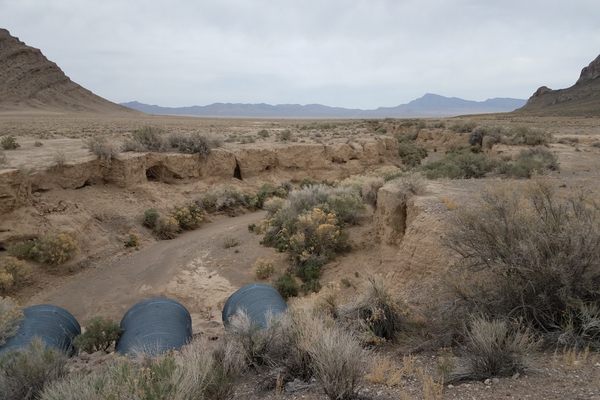
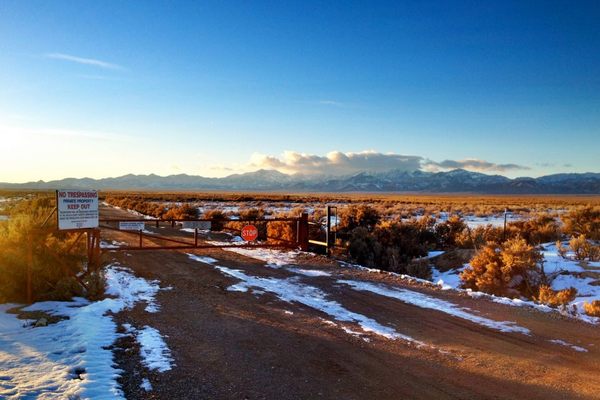
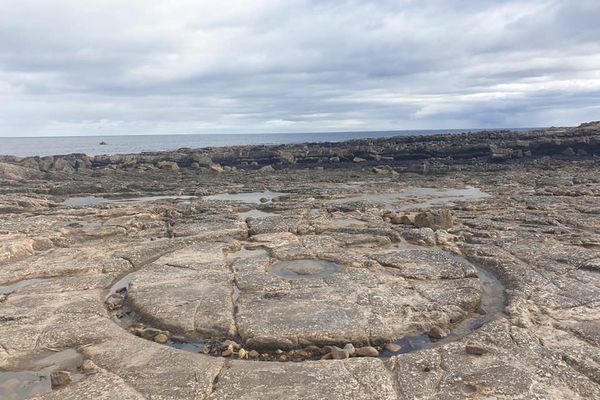
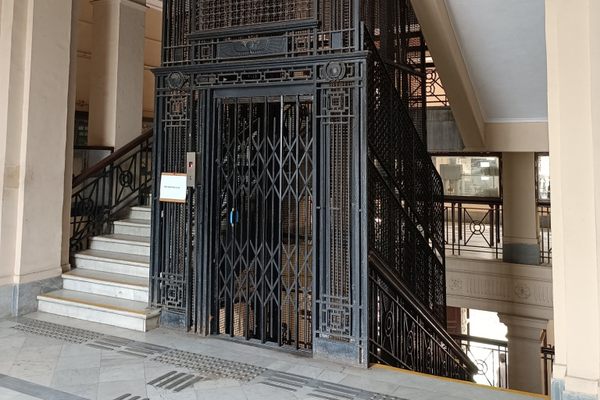




Follow us on Twitter to get the latest on the world's hidden wonders.
Like us on Facebook to get the latest on the world's hidden wonders.
Follow us on Twitter Like us on Facebook